Introduction
- Introduce the concept of hockey tactics and their significance in shaping gameplay strategies.
- Highlight how the evolution of tactics reflects changes in player skillsets, coaching philosophies, and rule interpretations.
1. Early Tactics: Dump and Chase
- Discuss the traditional “dump and chase” strategy employed in early hockey, where teams would dump the puck into the offensive zone and aggressively pursue it.
- Explore the emphasis on physicality, forechecking, and cycling the puck along the boards to create scoring opportunities.
- Highlight how this tactic prioritized teamwork, tenacity, and puck possession in the offensive zone.
2. Defensive Systems: Trap and Neutral Zone Forecheck
- Examine the development of defensive systems such as the neutral zone trap and neutral zone forecheck.
- Discuss how these tactics focused on clogging passing lanes, disrupting opponent’s breakouts, and limiting scoring chances.
- Highlight the strategic balance between defensive structure and offensive creativity in modern hockey.
3. Transition Game: Speed and Skill
- Explore the shift towards a faster-paced and more skill-based style of play in contemporary hockey.
- Discuss the importance of speed, agility, and puck-handling ability in executing quick transitions from defense to offense.
- Highlight the role of stretch passes, odd-man rushes, and creative playmaking in generating scoring opportunities.
4. Special Teams: Power Play and Penalty Kill
- Discuss how tactics vary on special teams such as power plays and penalty kills.
- Explore different strategies used to capitalize on power play opportunities or defend against opposing power plays.
- Highlight the importance of adaptability and situational awareness in special teams play.
5. Coaching and Analytics
- Examine the influence of coaching strategies and analytics on hockey tactics.
- Discuss how coaches use video analysis, statistical insights, and advanced metrics to optimize player performance and game strategies.
- Highlight the ongoing evolution of tactics as teams embrace data-driven decision-making and innovative coaching methodologies.
Conclusion
- Summarize the key points covered in the blog post and reflect on the continuous evolution of hockey tactics.
- Emphasize the dynamic nature of the sport and the importance of adapting strategies to suit the strengths of players and capitalize on emerging trends.
Additional Resources
- Provide links to books, articles, or documentaries on the history and evolution of hockey tactics for readers interested in further exploration.



